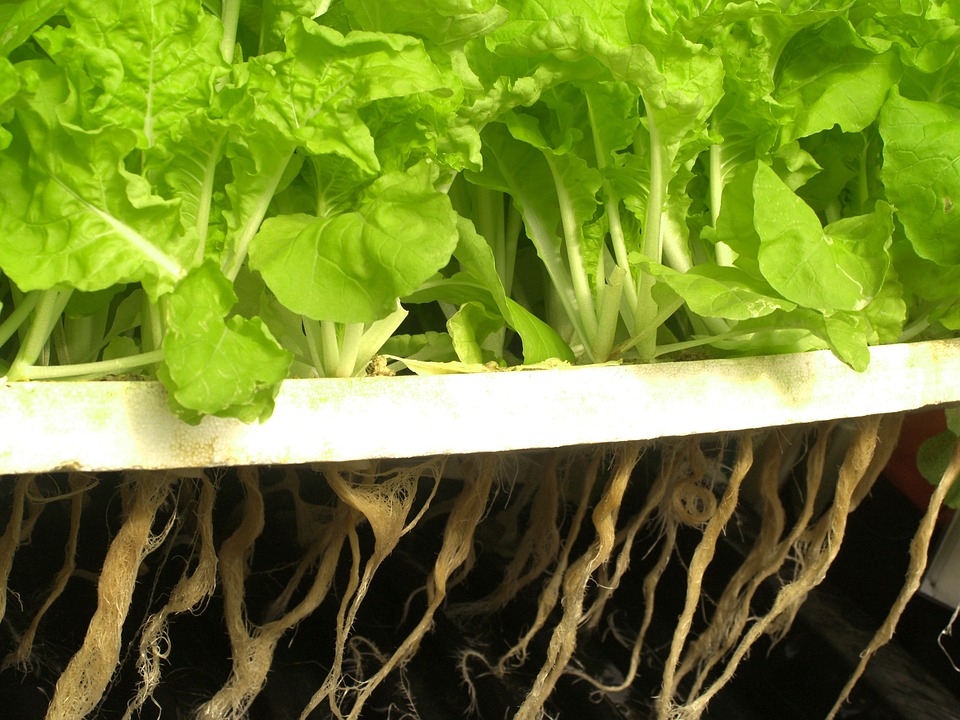Introduction
As we become increasingly aware of the importance of sustainable living and minimizing our carbon footprint, home hydroponics has emerged as an innovative and efficient solution for growing plants.
Hydroponics is a method of cultivating plants without soil, instead using nutrient-rich water solutions.
This article explores the many benefits of adopting home hydroponics, from resource conservation to year-round growing capabilities.
Advantages of Home Hydroponics
There are various advantages to implementing home hydroponics systems.
Here are a few key benefits:
1. Resource Efficiency
By utilizing hydroponics, plants can grow in a significantly smaller amount of water compared to traditional soil-based gardening.
Hydroponic systems recirculate water, meaning less water is wasted through runoff, evaporation, or absorption by surrounding soil.
This not only saves one of our most vital resources but also reduces the strain on local water supplies.
2. Increased Crop Yield
The controlled environment of hydroponic systems allows for optimal plant growth, with nutrients delivered directly to the roots.
This, in turn, leads to faster growth rates and higher crop yields.
With hydroponics, you can grow more produce in a smaller space, making it ideal for urban dwellers or those with limited gardening areas.
3. Year-Round Cultivation
One of the most significant advantages of home hydroponics is the ability to grow crops year-round.
By creating an indoor hydroponic garden, you can simulate the ideal conditions for plant growth regardless of the weather outside.
This ensures a constant and reliable supply of fresh produce, no matter the season.
4. Chemical-Free and Pesticide-Free
Hydroponics environments are inherently cleaner and less prone to pests and diseases compared to traditional soil-based gardens.
With proper care and maintenance, hydroponics can offer a nearly pesticide-free growing experience.
Furthermore, hydroponics enables you to have full control over the nutrient solution, allowing you to grow organic crops without the use of harmful chemicals.
5. Space Optimization
Hydroponics eliminates the need for large expanses of land, making it an excellent choice for those with limited gardening space.
Vertical hydroponic systems, in particular, maximize the use of available space by growing plants upwards instead of outwards, allowing for higher plant densities.
With the right setup, you can cultivate a substantial amount of produce in a small area.
FAQs
1. Is home hydroponics suitable for beginners?
Yes, home hydroponics can be suitable for beginners.
There are various entry-level hydroponic systems available, such as countertop or small-scale kits, that are user-friendly and come with detailed instructions.
Starting small and gradually expanding your system as you gain experience is an excellent way to become familiar with the basics of hydroponics.
2. How much time is required to maintain a home hydroponics system?
Maintaining a home hydroponics system typically requires less time compared to traditional gardening.
Once the system is properly set up, monitoring nutrient levels, pH levels, and water levels becomes the primary maintenance tasks.
Depending on the complexity of your system, daily or weekly checks may be necessary, but the time spent on maintenance is generally minimal.
3. What plants can be grown using hydroponics?
Almost any plant can be grown using hydroponics.
Leafy greens, herbs, tomatoes, cucumbers, strawberries, and even flowers can all thrive in hydroponic systems.
The key is to choose plants suitable for the available space, lighting conditions, and the specific requirements of your hydroponic system.




